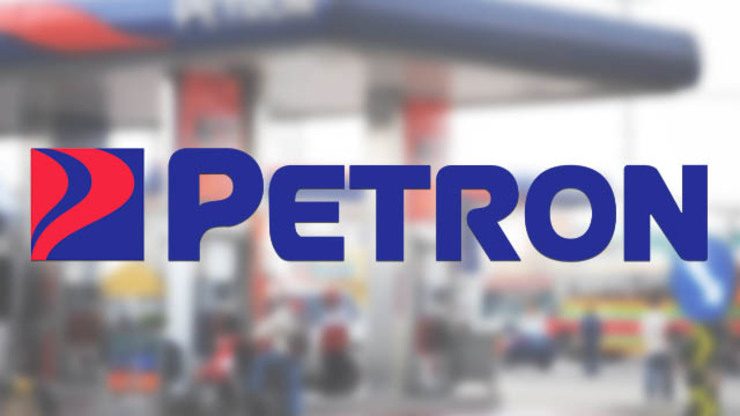SUMMARY
This is AI generated summarization, which may have errors. For context, always refer to the full article.

MANILA, Philippines – Petron Corporation’s net income is down 26%, posting a net income of P3.2 billion ($71.29 million*) from January to September, lower than P4.4 billion ($98.03 million) from the same period in 2013.
The decline is attributed to sustained fall in crude prices in the third quarter of 2014, diluting margins as higher-priced inventory was sold at lower prices.
The benchmark Dubai crude fell from an average of $108 per barrel in June to an average of $97 per barrel in September, thus resulting in 9 price rollbacks during the period.
If the crude price was stable in the third quarter, Petron’s operating income would have been higher by P1.9 billion ($42.33 million).
Revenues for Petron’s Philippine and Malaysian operations though, increased by 13% to P379.5 billion ($8.46 billion) in the 9 months of this year.
Combined sales volumes, meanwhile, increased 7.3% or 64.7 million barrels over the period from the previous 60.2 million barrels. Growth was felt across all major trades namely retail, industrial, and liquefied petroleum gas (LPG) in both markets driven by strong domestic consumption and increased economic activity.
Domestic sales volumes for both Philippine and Malaysia markets grew by 6% and 5%, respectively.
The oil firm’s volumes surged by 11% to 38.3 million barrels. As of end-June 2014, Petron’s overall market share stood at 37%.
Growth prospects
Despite temporary weakness in global oil prices, Petron remains optimistic of its growth prospects.
“We are operating in two of the fastest rising economies in Asia and we are well-positioned to participate in this growth and further expand our business,” Petron chairman and CEO Ramon S. Ang said.
In late-September 2014, Petron announced its $2 billion Refinery Master Plan Phase 2 (RMP-2) project.
With the RMP-2 upgrade, Petron will be able to fully utilize its 180,000 barrels-per-day capacity and increase the production of high-margin products such as gasoline and petrochemicals. It can also refine lower cost crude oil, thereby enhancing the supply security of the country.
The RMP-2 project also allows the local production of more efficient, superior, and environment-friendly fuels to improve air quality in the country.
RMP-2 is eyed to increase revenues, boost production, and enhance Petron’s refining margins, Ang said.
“But more importantly, it gives us the ability to support the Philippine economy and its growing demand for fuels,” Ang added.
Similar growth is also being experienced in the Malaysian market. As such, Petron has been upgrading and rebranding existing service stations with nearly 460 out of 550 already converted to the Petron brand.
Petron Malaysia is also expanding its retail network with the construction of several new stations, with a target to build around 30 stations this year. To improve operational efficiencies, Petron has also constructed new facilities in the Pasir Gudang and the Westport terminals.
Petron Corporation ranked 6th in the top 20 list of Asia’s fastest growing companies, according to the London-based Platts.
Petron is the only Filipino firm that made it on the list. Platts ranked the companies based on their assets, revenues, profits, and return on invested capital. – Rappler.com
*($1 = P44.88)
Petron fuel station file photo by Romeo Gacad / Agence France-Presse
Add a comment
How does this make you feel?
There are no comments yet. Add your comment to start the conversation.